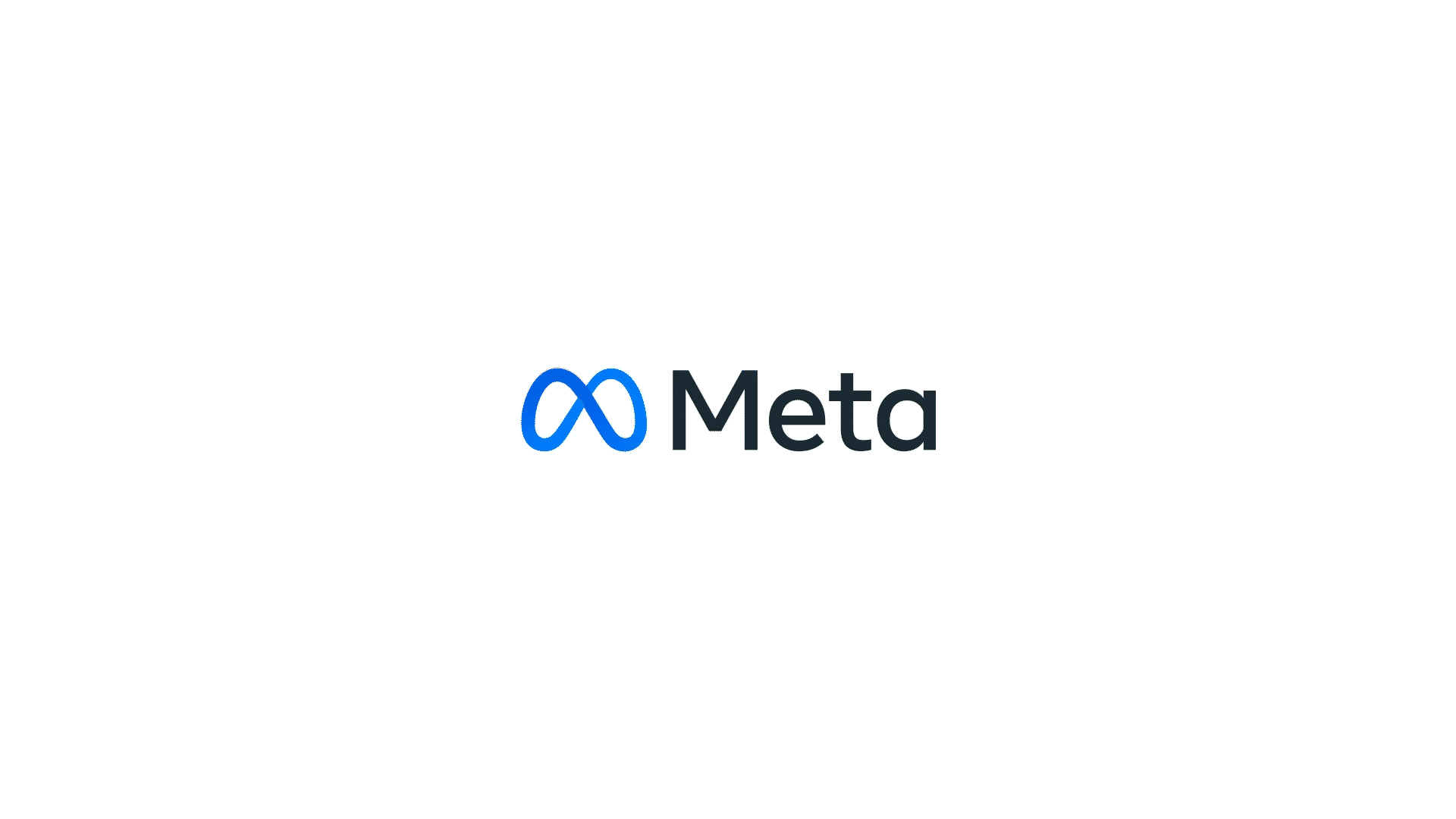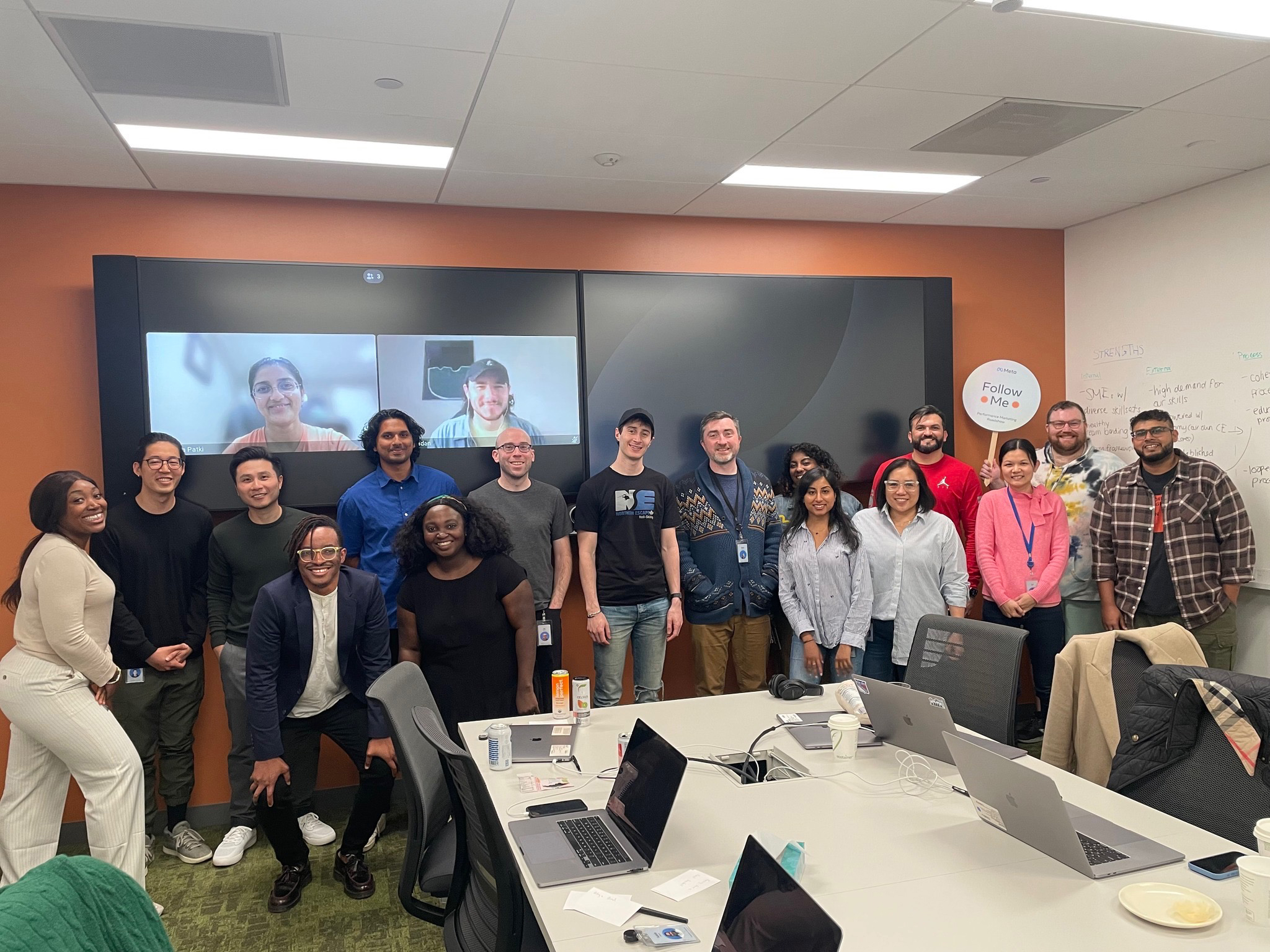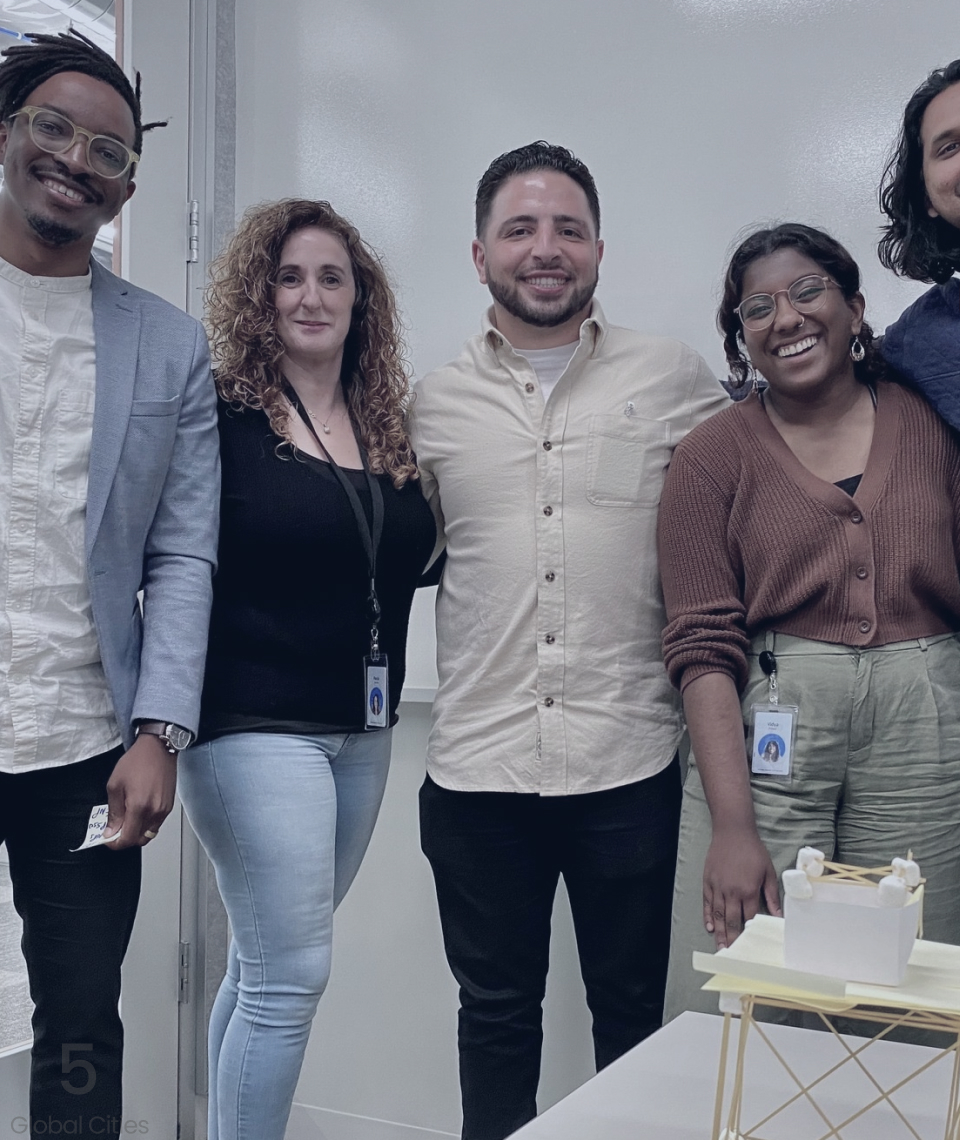As Design Manager for Meta’s Enterprise Infrastructure, Security, & Analytics (EISA) division, I led initiatives to enhance the team’s design footprint and processes through strategic leadership. By focusing on team restructuring, product deployment, and innovative design programs, I improved the team’s maturity from Level 1 (basic producers) to Level 3 (strategic architects), repositioning Design from a tactical service provider to a strategic business partner.
Design Manager, Meta
Team & Leadership Responsibilities
Confidentiality: Due to the sensitive nature of Meta's corporate infrastructure and security organization, certain metrics and product development details have been adapted while preserving key skills and impacts.
Project Duration: February 2022 - March 2024
Team: Fas Lebbie, Tori Lam
Leadership Initiatives
I implemented strategic programs across 14 different product portfolios through a scalar leadership approach—scaling up, wide, and deep. This comprehensive strategy transformed how engineering and product teams address design challenges and increased team capacity through structured evaluation and growth frameworks.
Design Programs & Actions
Design Excellence & Operations
I led and implemented design infrastructure through multiple key programs. The Design Hub became our centralized collaboration platform, standardizing practices across all product portfolios, and a comprehensive Design Handbook established clear design practices and strategic direction. My team’s UX Tooling Strategy integrated Figma, Mural, and Lucidchart, significantly reducing documentation time. We implemented AI-driven interventions to improve compliance and design system adoption while creating new design service offerings to support our growing product portfolios.
Research & Innovation
I transformed the team’s research capabilities through three major initiatives. The Minimum Viable Research (MVR) Model streamlined research processes and established clear deliverables for product development. Our Enterprise AI Research Platform reduced documentation time and accelerated self-service design support by 45% across 30 teams. The Design Metrics Framework implemented product-led growth measures to track user engagement and product adoption across all portfolios, providing actionable data for improvements.
Team Development & Culture
One of my key leadership goals was to improve the team culture. Through my leadership, the team culture evolved through structured programs providing access to belonging initiatives, growth opportunities, and resources. The Design Muscle Program delivered weekly educational sessions to elevate team maturity in craft, theory, and industry innovations. We implemented the Design Pulse Framework for monthly feedback and accountability. Our Career Development Matrix created comprehensive growth paths across 14 dimensions, ensuring clear professional development opportunities for every team member.
Cross-Functional Integration
I practiced the Scalar Leadership Approach extensively, and it helped enhance team cohesion and cross-functional collaboration. This framework helped build engineering trust by enhancing relationships through our engineering-design Sync Model. I also applied the Transition Design Framework, a spillover from my Ph.D. research that helped implement design changes across the organization while ensuring alignment with business objectives and stakeholder needs.
Leadership Impact
Scale Deep (Short-Term Impact 0-6 months)
My short-term impact in leading the design team saw us optimize processes, improved design workflows, and reduced documentation time. These operational enhancements built trust and cohesion in the team, creating foundations for effective collaboration and transparent communication. The changes also helped me build credibility so I could become a leader my team trusted, which increased acceptance of my ideas.
Scale wide (Mid-Term Impact 6-18 months)
My small success with my immediate design teams made my designers a key advocate for my initiatives, which in turn allowed my team to build credibility with other team members, such as product managers and designers. This advocacy allowed me to establish trust with cross-disciplinary teams and improved visibility, especially with engineering managers who control the yearly budgets on which my designers depend. My monthly meetings with engineering managers helped me to build relationships with most of them, and I became a key point of contact for product design. Most importantly, the design team achieved active participation in roadmap planning, where research and design now influence product strategy during H1 and H2 planning.
Scale Up (Long-Term Impact 18+ months)
My leadership strategy improved the design team, who, at the time of my arrival, were siloed designers working in different teams within Meta. My leadership helped advance the design team from Level 1 to Level 3, ultimately transforming design’s role within Meta’s EISA division. We expanded design’s influence among non-designers and reinforced design-driven projects with greater purpose, establishing design as a key strategic asset integrated with engineering, product management, and project management.


